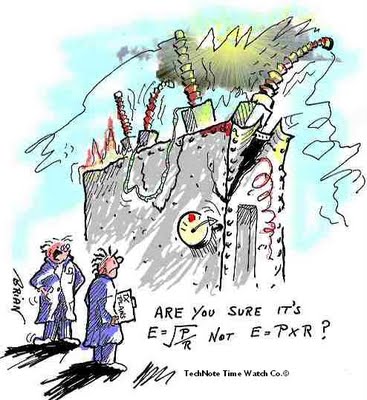Have you ever wanted to know how to get your posts seen by more of your Facebook fans or Facebook friends?
What makes it into the News Feed of each individual Facebook user is determined by an algorithm called EdgeRank.
You may think this kind of thing is just for the tech-savvy or the social media “experts”.
You’re wrong.
By better understanding EdgeRank, you too can increase the chances that your posts will be seen by your Facebook fans!
What you need to know about Facebook EdgeRank in simple English:
There are three main components in the EdgeRank equation.
1) The first part is called “Affinity”. Affinity measures the one-way relationship that a fan has with a Facebook Brand Page they have “liked”.
If a person interacts repeatedly with a Facebook Brand Page, such as The Ellie Fund, they are much more likely to see content from The Ellie Fund in their News Feed when logging in to Facebook. This is because Facebook assumes that whatever The Ellie Fund posts must be important to that user, based on their own individual actions.
This explains why you are more likely to see updates from Facebook friends with which you interact regularly, rather than friends you ignore. In social media jargon, “interact” is also frequently called “engage”.
2) The second part is “Weight”. Weight measures how much interaction/engagement a current Facebook post is receiving.
If a fan shares your post, that is weighted more than a comment. This is because more people will see this content.
If a fan comments on your post, that is weighted more than a simple like. This is because it takes more energy to comment than just to click the like button.
If a fan likes your post, that is weighted more than a click on a link.
If you post something and all you hear is a resounding symphony of crickets, the post will decrease in weight and will soon be hidden. This is because Facebook assumes (rightfully so) that the content is not interesting and of value to its users. (Try not to get upset about this – learn from it and move on.)
3) The third part is “Decay”. The longer a post has been up, the less likely it is to get seen. The very second it’s posted, it’s decaying. (Sad but true.)
This is just the way of our 24-hour media consumption cycle. (Consider that on Twitter, tweets that are over an hour old are considered ancient!)
Why I love EdgeRank:
This algorithm makes a lot of sense, if you look at it from Facebook’s perspective.
Facebook wants to ensure that its users are seeing content that is relevant to them. That is the main purpose of the site.
If the content is interesting and engaging, a user will stay on the site longer, and thus increase their chances of clicking on a sidebar advertisement. (People seem to forget that using Facebook is free – unless you purchase ads – and that they are also in the business to make money.)
The most important thing to remember about EdgeRank and Facebook in general is that it’s not about you – your brand, your organization, your cause. It’s about people.
Whatever your Brand Page may think is interesting, or witty, or compelling, or valuable doesn’t matter. It’s all about what your online community thinks. Ignore them at your own peril.
In my next post, I will post 6 tips on increasing your EdgeRank score to get seen by more fans.
How are you working the EdgeRank algorithm? Please leave your thoughts in the comments section below. Thanks for reading!
